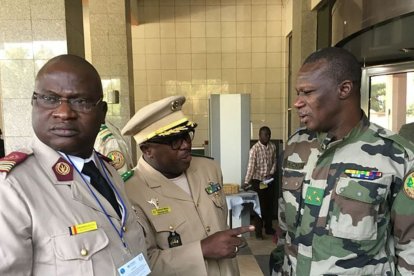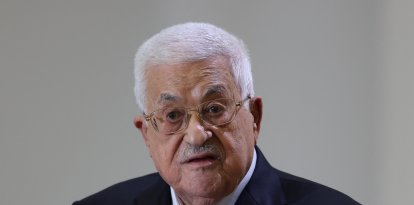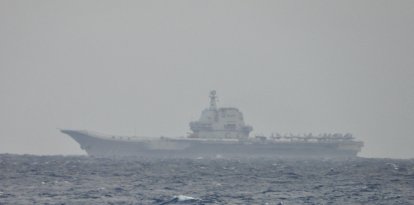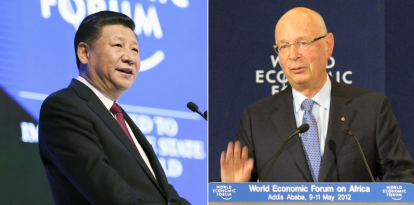Sahel, the next simmering Afghanistan
Israel vs. Hamas or Russia vs. Ukraine are the daily conflicts that the public wakes up to every morning. Both are still relevant due to their context, but thousands of miles away, there is a theater of operations that requires the same level of commitment.

Wikimedia Commons
Between the sands of the Sahara and the coasts of Eritrea lies the area of the world with the most terrorist activity in recent months, where the victims of the attacks number in the hundreds in remote villages whose names do not even appear on local maps. This is the Sahel, the epicenter of terrorism that is looking to be the Afghanistan of the generations to come.
The Sahel comprises a wide strip that crosses Africa from east to west and delimits the unmarked border between the central plains and the northern deserts. Mali and Niger are some of the countries that make up the area and that have been especially hard hit by the terrorist phenomenon. Burkina Faso is also part of this group and leads the statistics with more than four thousand civilians killed by extremists in less than a year.
France and Russia have each tried to provide military assistance to local armies fighting Islamic extremists. Paris did so through Operation Barkhane, and Moscow through the Wagner Group, in an attempt to strengthen their influence as a power in the region while minimizing threats to their own domestic structures.
Operation Barkhane ended in failure after the withdrawal of the French Army at the request of local governors and the Enduring Freedom scenario was soon repeated. This time not in Afghanistan, but in the Sahel, where religious affiliations and tribal conflicts led to the building of an unstoppable army for the jihadist militants that Western intelligence considered defeated.
Currently, the local armies of Bamako and Ouagadougou only rely on the Wagner Group for military advice and combat assistance. This power vacuum left behind by the collapse of European support and the weakening of African democracies contributes to the growth of terrorist organizations that seek to monopolize violence through the exercise of de facto power.
Organizations like the Islamic State in the Greater Sahara and the Islamic State in the West African Province have not hesitated for a second to take advantage of the power plays and rampant corruption of government forces to recruit followers among the nomadic tribes and warlords under the promise of a caliphate.
This not only implies the territorial growth of terrorist organizations but also their financial expansion. The region is known for being an important corridor for drug trafficking and human trafficking. The Islamic State and Al-Qaeda could use their control on the ground to extort protection from criminal organizations dedicated to smuggling and banditry.
Added to the certain threat that the theater of operations will become a safe haven for international jihadists thanks to the control that Islamist militias exercise in desert regions, there is the possibility that funds acquired by a radicalized nomad in the middle of the desert end up in the hands of an active cell in a Western capital.
The Islamic State in the Greater Sahara and the Islamic State of West Africa have already demonstrated their ability to carry out attacks at the local level. It is only a matter of time before the operational capabilities of terrorist threats progress in increasing their range of action, as is the case of the Islamic State Khorasan Province in Moscow's Crocus Concert Hall.
The United States and the European Union will soon face a jihadist phenomenon that is currently simmering but that promises to become the epicenter of Islamic terrorism, a territory of weak governments where radicalized militias camouflage themselves without difficulty and take refuge in their whim while the international community covers its eyes and looks the other way.
By Daniel Blanco Paz, a journalist focused on crisis and conflict.
RECOMMENDATION





















